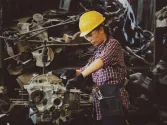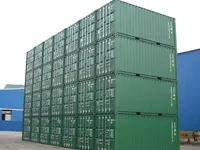
Singamas profit back to green at US$92.54mn
The company has set up new factories in Nantong City to capture the region’s rising container demand as container prices are expected to rise in 2011.
World-leading container manufacturer and logistics services provider Singamas Container Holdings Limited (“Singamas”) on Wednesday announced its annual results for the year ended 31 December 2010.
The Group recorded consolidated revenue of US$1,373,173,000 in the year under review, surging by 400% over the comparable figure for 2009. As a result, the Group achieved a record consolidated net profit of US$92,541,000 attributable to owners of the Company in 2010 against a net loss of US$51,914,000 recorded in 2009. Earnings per share amounted to US3.84 cents, as compared to a loss per share of US2.97 cents in 2009. The Board proposed to pay a dividend of HK8 cents per ordinary share (2009: nil). The annual dividend payout ratio remains at a stable level of around 26.7%.
Mr. Chang Yun Chung, Chairman of Singamas, said, “With higher levels of export trade came strong demand for new dry freight containers. Rising container demand, higher selling prices and improved production efficiency lifted our gross margins and operating margins, particularly for our dry freight containers. In light of particularly strong demand in the Shanghai region, we looked closely at our resources in this area and recognised the need to expand our production capacity. I am happy to report our acquisition of a large plot of land in Qidong of the Nantong City near Shanghai to be the site of our two new factories. The new factories will not only boost our production capacity, but also bring us valuable new synergies and efficiencies.”
Manufacturing
The year under review has proved a very good one for the Group’s manufacturing business, with the early sign of good demand in the first half being followed up by an exceptional second half performance. Manufacturing revenue amounted to US$1,336,175,000, a sharp rise of 462.7% over last year’s figure, and overall this segment contributed around 97.3% of the Group’s total revenue in 2010 (2009: 86.5%). In terms of container production, its total container output was 636,306 twenty-foot equivalent units (“TEUs”) (2009: 86,600 TEUs). Actual sales volume amounted to 612,132 TEUs (2009: 90,282 TEUs). The bulk of these were dry freight containers totalled 542,214 TEUs versus 69,918 TEUs of specialised containers. This ratio, of 88.6% dry freight against 11.4% specialised containers, saw the Group revert to a more normal situation than in 2009, when 41.7% of its container sales were for specialised containers.
Strong demand and rising raw material costs (especially Corten steel) and labour costs increased the average selling price of a 20-foot dry freight container gradually to around US$2,403 in the year under review. The improvements in revenue, margins, and container output were all factors that helped the Group’s manufacturing business segment to achieve a profit before taxation and non-controlling interests of US$111,162,000 (2009: loss before taxation and non-controlling interests of US$66,734,000).
Logistics services
When global trade is strong, logistics services will be in lower demand because there are far fewer idle containers requiring storage. During 2010, although handling volume of the Group’s logistics services segment increased by 9.6% from around 3,576,000 TEUs of 2009 to 3,921,000 TEUs, its daily storage volume dropped significantly by 38.7% from around 168,000 TEUs to 103,000 TEUs.
Overall, the Group’s logistics services segment generated revenue of US$36,998,000, a fall of 0.6% from the 2009 revenue of US$37,207,000. As the operating costs of this segment’s storage business are largely fixed costs, the significant drop in storage revenue affected this segment’s profitability.
As a result, profit before taxation and non-controlling interests fell to US$6,099,000, from US$7,715,000 in 2009.
Prospects
There was virtually no new container order for 1.5 years from mid-2008 to end of 2009 and about 1.5 million TEUs of old containers were sold during this period. With improving global trade throughout 2010 accompanied by a significant rise in the PRC exports, demand for new containers is expected to rise further and remain high throughout 2011. The shortage of containers happened in 2010 is expected to continue into 2012. Accordingly, many existing old containers could not be replaced as these containers would be required to meet the rising trade. Also many container owners have postponed the replacement of their old containers due to the economic downturn from mid-2008 to the end of 2009. The container industry is thus expecting a further boost of momentum in 2012 when replacement demand is expected to resume.
With analysts predicting global demand for over 3 million TEUs of containers in 2011, a priority for the Group has been to assure its ability to meet the requirements of existing and new customers, especially in high growth areas such as the Shanghai region.
In December 2010 the Group acquired a large plot of land in Qidong, with the intention of building two adjacent environmentally friendly and energy saving container factories on the site. The site, being located near to the Chongqi Bridge, represents a rare opportunity to acquire prime riverfront land in close proximity to Shanghai. The first factory to be built could produce both dry freight and specialised containers, and it expects this factory to commence operation in the first half of 2012.
Phase two of the project will involve the construction of an environmentally friendly refrigerated container factory that could meet the international requirements next door, with planned completion being some six months later, by end of 2012. This project could increase the Group’s production capacity to meet the rising container demand and at the same time, in response to the shifting of the industrial centres to the inland of the PRC, the location of these two new factories could take advantage of the Yangtze River to satisfy the container demand in the Central and Western PRC, maintaining the Group’s competitiveness in the region, according to a SIngamas report.
Apart from meeting capacity, the new factories will benefit from many synergies, such as shared facilities, streamlined management, improved logistics, and valuable economies of scale. A terminal will be built that will serve both facilities, and transport costs are expected to be significantly lowered, helping improve margins.
Mr. Chang concluded, “The business outlook is good and Singamas, after riding out a tough year in 2009, is once again doing what we do best and looking forward to a robust and active year ahead. The trend in prices for both raw materials and labour remains upward, and consequently container prices are expected to rise gradually in the coming year to reflect both increased production costs and heightened demand. The year of 2011 should be a very positive one for us, and our Qidong project represents a further positive development for the medium term. We will continue to look out for opportunities for business co-operation that might enable it to further enhance our services, in particular by expanding our product range.”







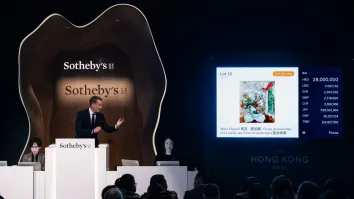

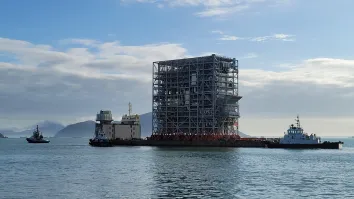
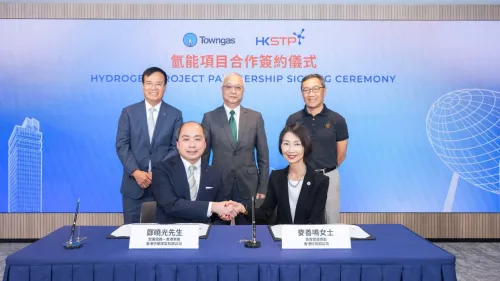

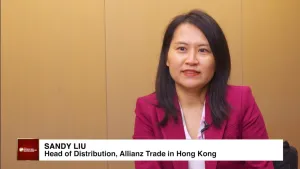
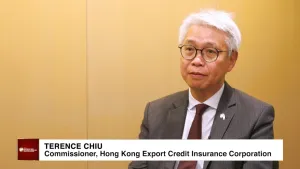


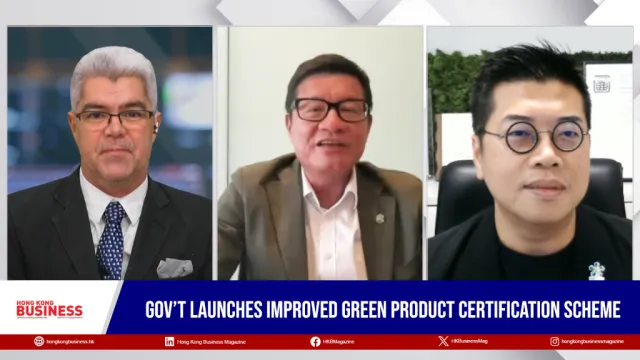


 Advertise
Advertise







